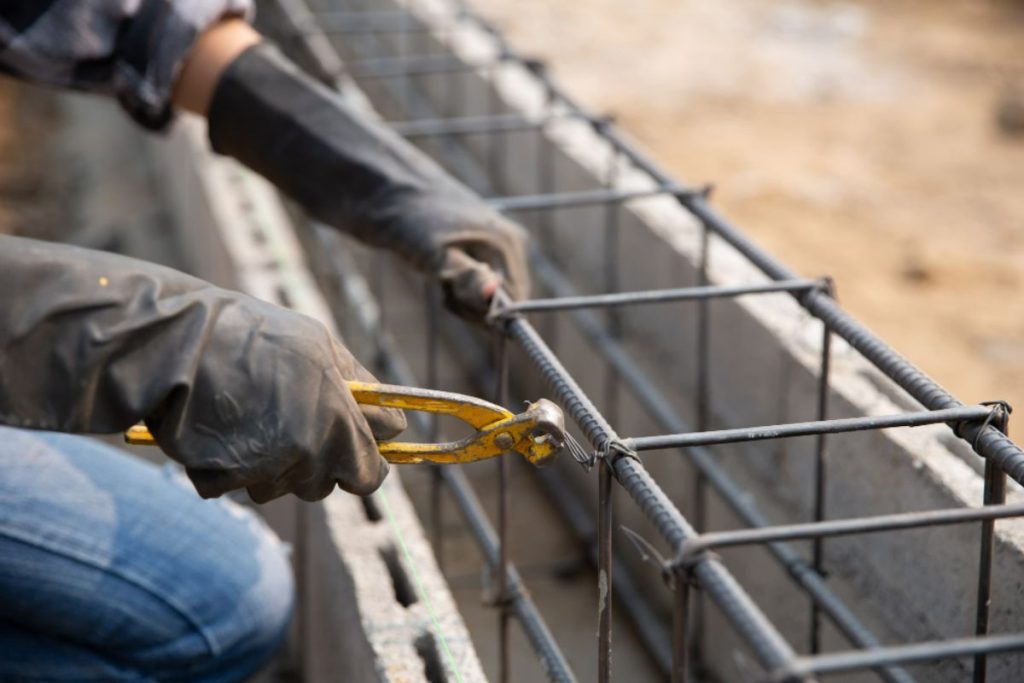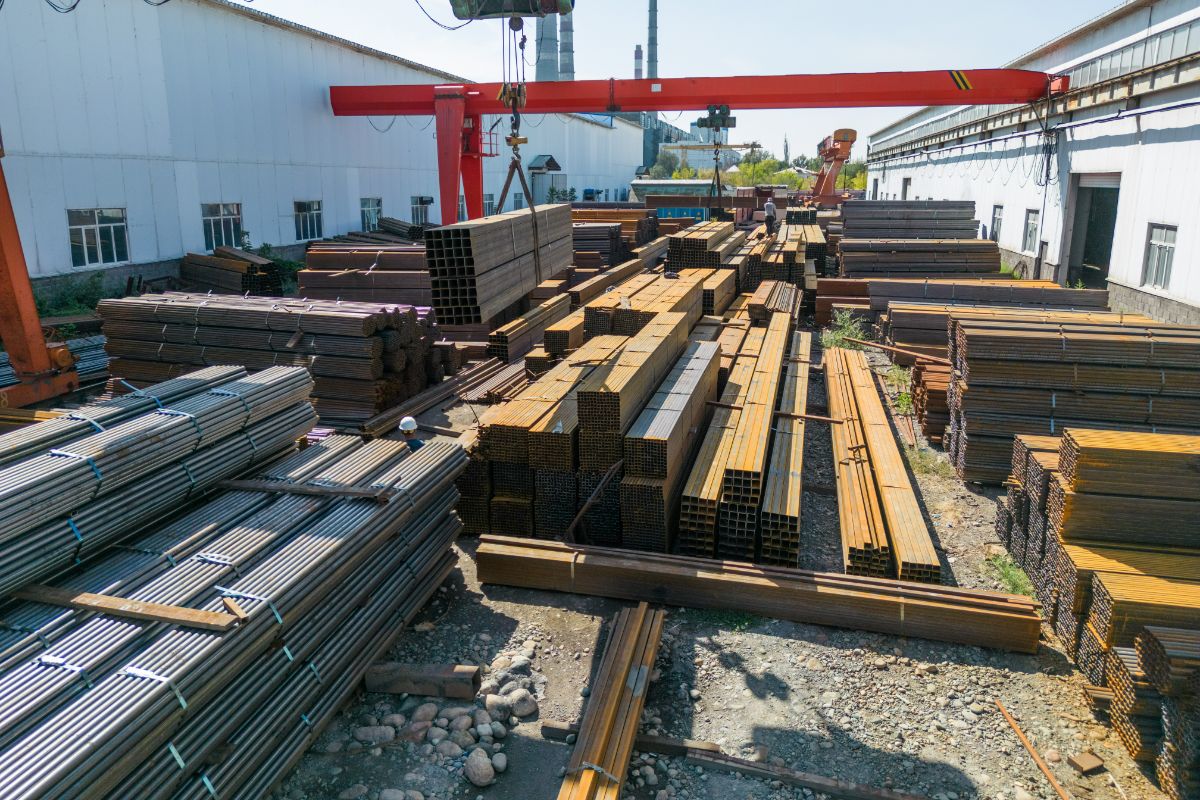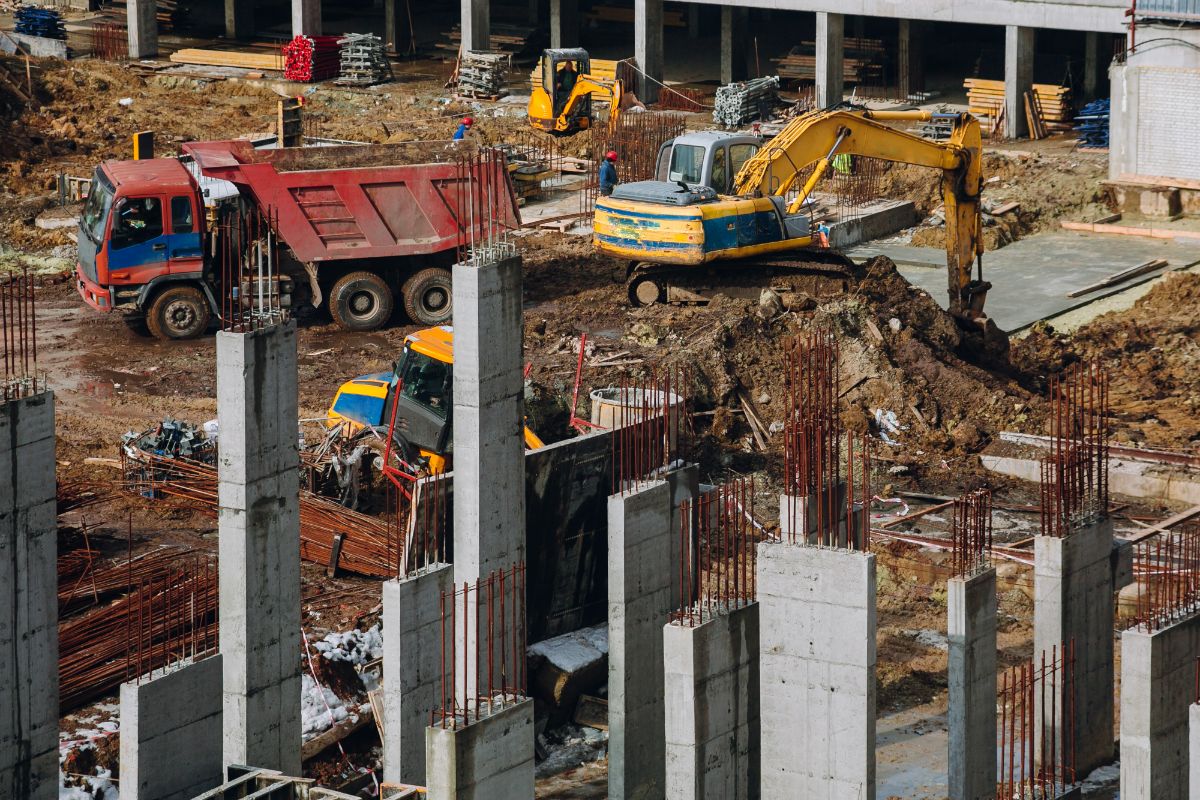What Affects the Prices of Materials for Construction in the Philippines

What affects the prices of materials for construction in the Philippines?
- Fluctuations in the global market
- Local supply and demand
- Transportation and logistics cost
- Natural disasters and calamities
- Durability of the material
Overview
- This article examines the key factors affecting construction material prices in the Philippines, essential for effective project budgeting and planning.
- It covers how global market fluctuations, local supply and demand dynamics, transportation and logistics costs, and natural disasters influence material costs.
- By analyzing these variables, the article provides insights into managing budget challenges and adapting to price changes.
- Understanding these influences helps construction professionals navigate cost fluctuations and make informed decisions for successful project execution.
Understanding the factors influencing construction material prices is essential for effective project planning and budgeting. Costs can be affected by various variables, including global market, supply and demand, logistics, and more.
This article explores these key factors, offering insights into how they shape the prices of materials for construction in the Philippines. Read on to learn more.
Fluctuations in the Global Market
Fluctuations in the global prices of raw materials such as steel, cement, and sand impact the overall cost of construction projects. Several factors contribute to these such as geopolitical tensions, natural disasters, and economic conditions.
This makes it challenging to estimate and manage project costs accurately. This unpredictability can lead to budget overruns and financial planning issues for construction companies. Developers may need to adjust their project timelines and budgets to accommodate price increases, delaying project completion.
Local Supply and Demand

The capacity of local industries to produce essential construction materials such as cement, steel, and sand influences prices. If local production meets demand, prices tend to stabilize. However, when demand exceeds local supply, prices increase as buyers compete for limited resources.
Data from the Philippine Statistics Authority (PSA) shows a recent slowdown in the year-on-year growth rate of construction materials in Metro Manila. The index decelerated to 0.4 percent in June 2024, down from 0.6 percent in May 2024, and represents a notable decline from the 6.1 percent growth recorded in June 2023.
Large-scale infrastructure projects like highways, bridges, and commercial buildings initiated by the government or private sector increase the demand for construction materials. This puts pressure on suppliers.
Transportation and Logistics Cost
The cost of transporting construction materials from production sites to construction projects influences overall material prices, making it a crucial but often overlooked factor in the construction industry.
Several factors contribute to these including fuel prices, road conditions, and the distance between the production site and the construction location.
The efficiency of the logistics networks, encompassing warehousing and distribution also affects material costs. During periods of high fuel prices or infrastructure challenges, transportation costs increase, which in turn raises material prices for consumers.
Natural Disasters and Calamities

The Philippines, located in a region prone to natural disasters, frequently faces typhoons, earthquakes, and other calamities. These events often damage critical transportation infrastructure, such as roads and bridges, complicating the movement of materials from production sites to construction projects. As a result, disruptions in transportation lead to delays and increased costs, which are ultimately passed on to consumers.
In the wake of a major disaster, there is a surge in demand for construction materials as rebuilding efforts begin. This heightened demand puts significant pressure on suppliers, driving up prices. The aftermath of such disasters can create opportunities for hoarding and price gouging, as some sellers exploit the situation to inflate costs.
Durability of the Material
Metal or high-grade tiles provide superior protection against harsh weather conditions and extend the roof’s lifespan. While the upfront cost of these materials might be higher, the long-term savings from reduced repairs and replacements make them a valuable investment.
This principle extends to other aspects of construction. Durable materials offer exceptional load-bearing capacity and resistance to natural disasters, which can lead to reduced insurance premiums and enhanced tenant confidence. Buildings constructed with such high-quality materials often attract high-profile tenants, further justifying the initial investment.
Key Takeaway
The prices of materials for construction in the Philippines are influenced by a complex interplay of factors, and by understanding these, the construction industry can make informed decisions, optimize project budgets, and mitigate risks associated with price fluctuations.
Metal Exponents Inc. is your premier partner for imported steel products in the Philippines. We offer a comprehensive range of high-quality steel products and other construction materials to meet the diverse needs of your projects. Our commitment to excellence ensures a consistent supply of reliable materials to support your building endeavors.
Contact us now to discuss your specific requirements and discover how Metal Exponents Inc. can be your trusted supplier. Our expert and friendly team is ready to serve you!


